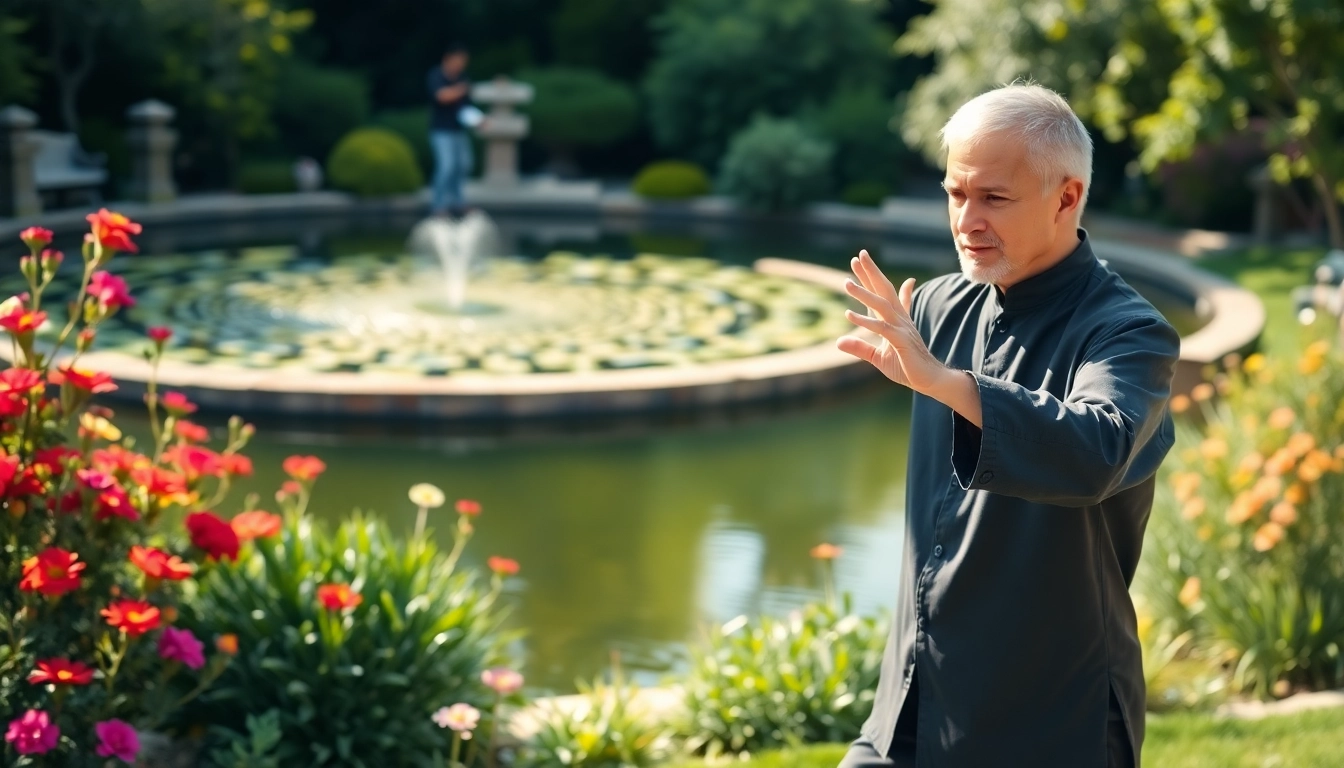Understanding Tai Chi Classes Online
What Is Tai Chi?
Tai Chi is a form of martial art that has evolved into a practice known for its graceful and meditative movements. Originally designed for self-defense, it is now often practiced for its health benefits and mental wellness. Central to Tai Chi is the concept of “qi” (or “chi”), which represents the life force or energy that flows through our bodies. Through a series of slow, deliberate postures and movements, practitioners aim to cultivate this energy, contributing to improved health, relaxation, and mental clarity.
The History Behind Tai Chi
Originating in China, Tai Chi has a rich history that dates back several centuries. Initially developed as a martial art, it has been shaped by philosophical influences, particularly from Taoism and Confucianism. The transition from a combative practice to one focused on health and well-being is attributed to various masters and styles that emerged throughout history, such as Chen, Yang, Wu, and Sun styles. Today, Tai Chi is practiced by millions worldwide, reflecting its adaptability and universal appeal.
Benefits of Tai Chi Classes Online
Engaging in Tai Chi offers numerous benefits that extend beyond the physical domain. Regular practice can lead to improved balance, flexibility, and strength. Additionally, Tai Chi has been shown to reduce stress, enhance mood, and even alleviate symptoms related to chronic conditions. With the advent of technology, Tai Chi Classes Online provide an accessible way for individuals to experience these benefits in the comfort of their homes.
Getting Started with Tai Chi
Selecting the Right Online Class
Choosing the appropriate online Tai Chi class can be overwhelming given the plethora of options available. Look for classes that provide structured lessons, teach from certified instructors, and cater to your skill level, whether you’re a beginner or have some experience. Read reviews and consider introductory sessions that allow you to gauge the teaching style and course content before committing.
Essential Equipment for Tai Chi
One of the appealing aspects of Tai Chi is that it requires minimal equipment. All you need is comfortable clothing that allows for unrestricted movement and a non-slippery surface to practice on, such as a yoga mat. Some practitioners like to use soft shoes specifically designed for Tai Chi, while others prefer to practice barefoot to enhance their connection with the ground.
Preparing Your Space for Practice
Creating an optimal environment is crucial for practicing Tai Chi at home. Find a quiet space free from distractions, where you can comfortably move without obstruction. Ideally, this space should have ample natural light or soft lighting to set a calm atmosphere. Consider enhancing your environment with calming music or aromatherapy to deepen your experience.
Core Techniques and Movements in Tai Chi
Fundamental Postures
The foundation of Tai Chi consists of several fundamental postures that form the essence of the practice. These postures are designed to enhance balance and energy flow. Common stances include the Horse Stance, Bow Stance, and Cat Stance, each providing unique benefits. Regular practice of these postures builds strength, flexibility, and coordination over time.
Breathing Techniques in Tai Chi Classes Online
Breathing is a vital component of Tai Chi. Proper breathing techniques help to synchronize movement with breath, enhancing the experience of flow and promoting relaxation. Practitioners are encouraged to focus on deep, abdominal breathing, allowing the breath to become an integral part of their movements. This not only increases the flow of oxygen but also aids in calming the mind.
Flow of Movements and Sequences
One of the most captivating aspects of Tai Chi is its sequence of movements, often referred to as a “form.” These forms can vary from short sequences to lengthy, intricate performances. Practitioners typically start with simpler forms, such as the 24-Posture Form, gradually advancing to more complex sequences such as the 108-Posture Form. The emphasis on continuous motion helps to promote relaxation, concentration, and mindfulness.
Overcoming Common Challenges
Finding Time for Practice
One common challenge faced by individuals interested in Tai Chi is finding the time to practice regularly. Setting a dedicated schedule can significantly enhance your commitment and consistency. Consider integrating Tai Chi into your daily routine by practicing for just 15-30 minutes each day at a time that suits you best, such as in the morning or before bed. Utilizing time management techniques can also help in prioritizing this valuable practice.
Maintaining Motivation
Staying motivated can be challenging, especially when practicing alone. One effective strategy is to set personal milestones and celebrate progress, no matter how small. Joining online communities or participating in virtual classes can provide a sense of belonging and accountability. Additionally, tracking your progress through a journal can help keep you motivated as you reflect on your improvements over time.
Adapting Movements for Individual Needs
Every individual’s body and capabilities are different, so it’s important to adapt movements to fit your physical abilities. If certain postures or movements cause discomfort, speak with your instructor or consult additional resources to modify them as needed. Practicing Tai Chi should be a joyful experience, and finding variations that work for your body can enhance your practice.
Tracking Progress and Achievements
Setting Personal Goals
Setting realistic and achievable goals is an essential step in tracking your progress in Tai Chi. Whether your goal is to improve balance, relieve stress, or master a new form, writing down specific objectives can clarify your intentions. Regularly revisiting and adjusting these goals based on your progress will keep your practice fresh and motivating.
Measuring Improvements in Flexibility and Balance
Monitoring improvements in flexibility and balance can provide tangible evidence of your progress in Tai Chi. Simple assessments, such as the ability to reach certain postures more comfortably or longer holding periods without losing balance, can serve as excellent indicators of improvement. Consider using video recordings of your practice sessions to visualize your growth over time.
Engaging with Online Tai Chi Communities
Participating in online Tai Chi communities can be incredibly beneficial for your journey. These platforms offer opportunities to share experiences, tips, and challenges with fellow practitioners. Engaging with others can foster motivation and provide new insights to enhance your practice. Look for forums, social media groups, or dedicated websites to connect with others who share your passion for Tai Chi.



